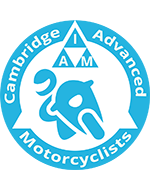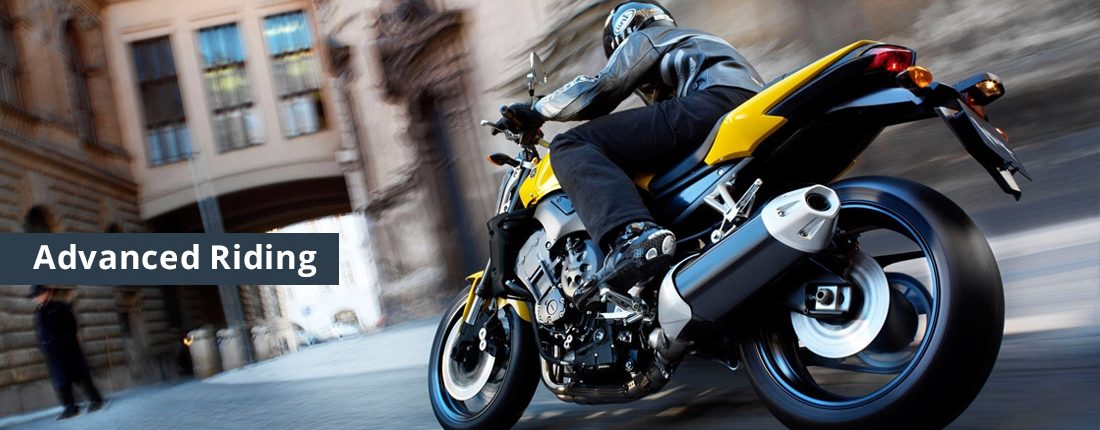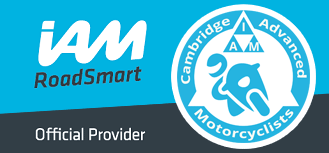Advanced Riding
One of the underlying factors of the Police and IAM advanced riding techniques is the concept of IPSGA.
The principle is that Advanced Motorists “make progress” whilst ensuring the safety of themselves and those around them.
This does not mean tearing around as fast as you can, but rather maintaining speed limits, where safe to do so. At the same time, you learn to become more fluid in what you are doing, so becoming more efficient, and reducing wear and tear on your vehicle.


